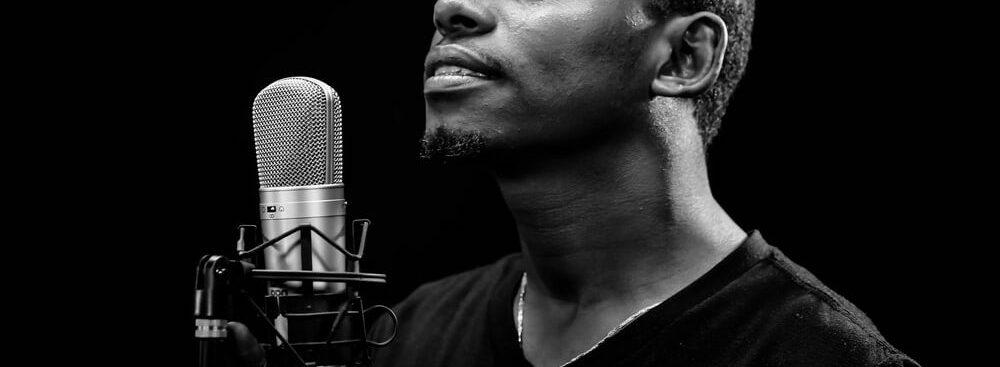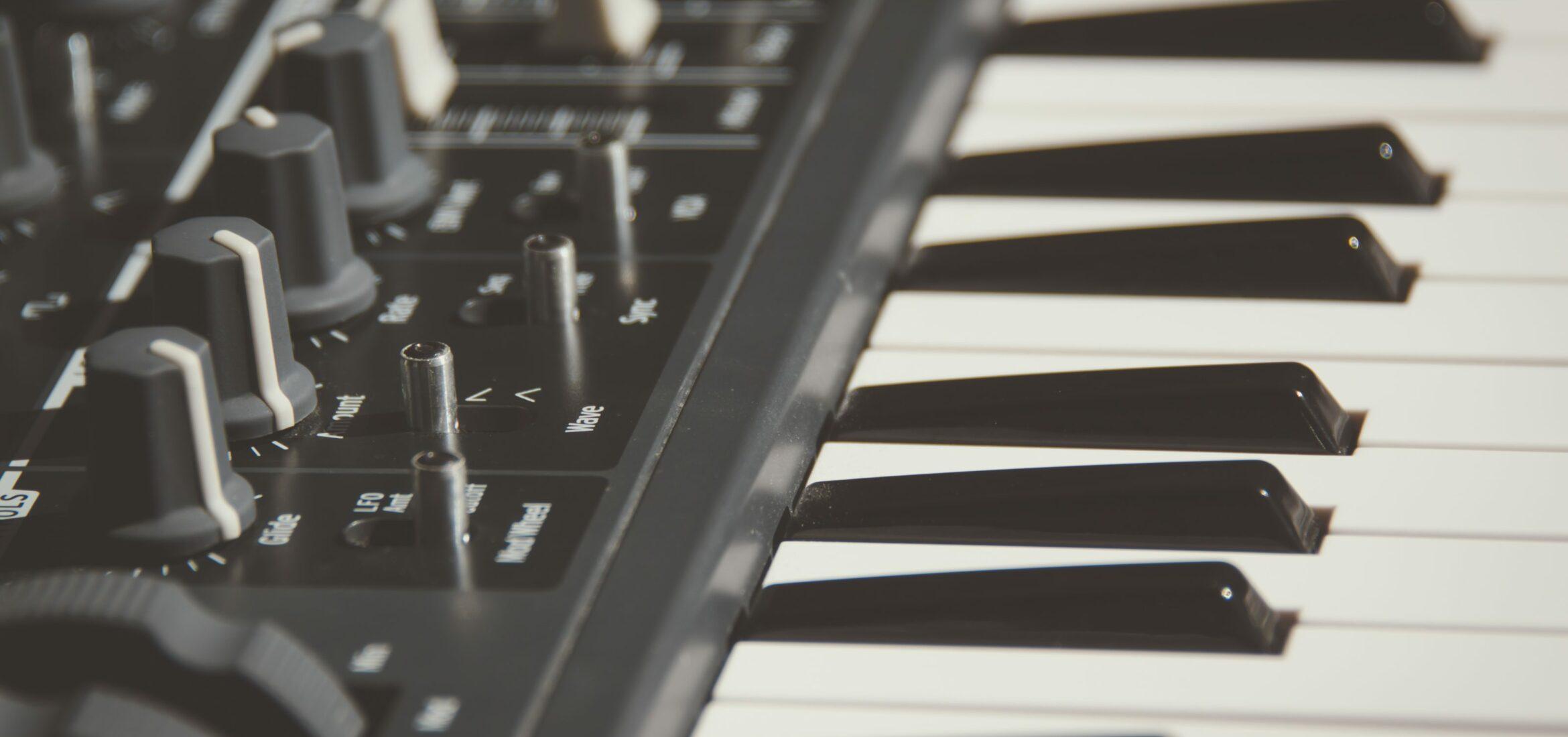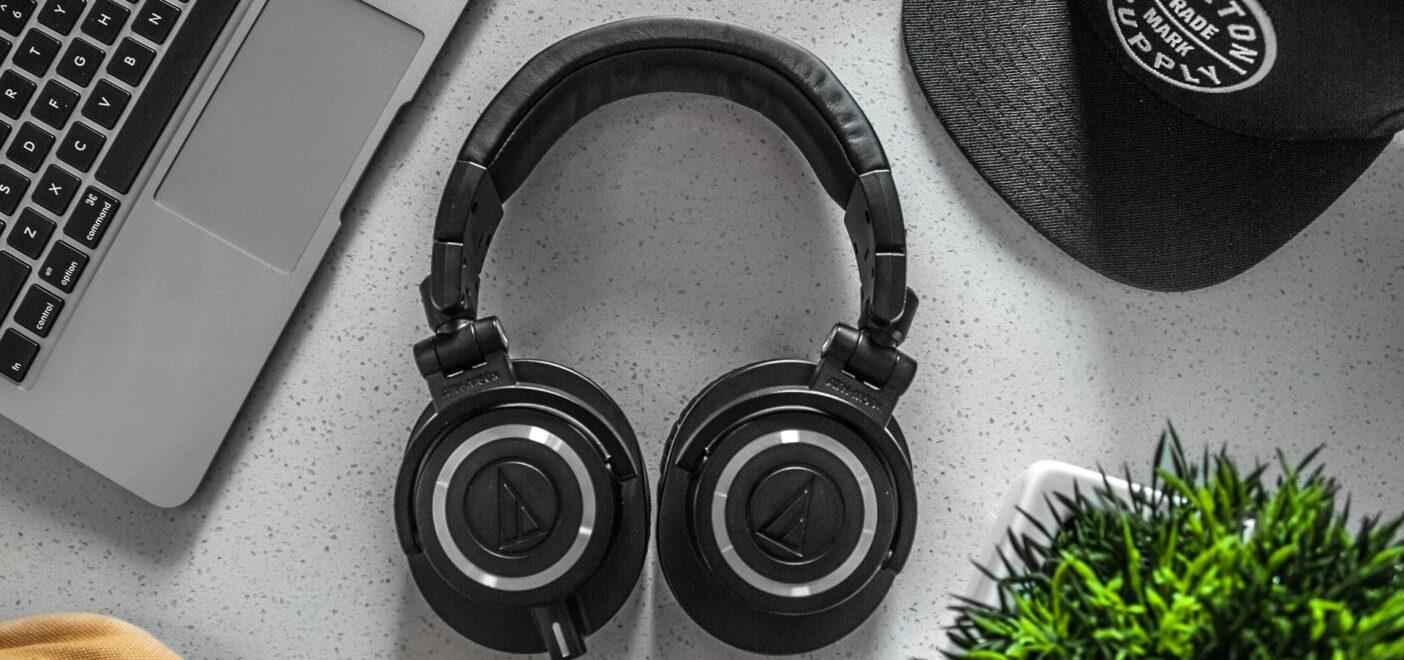So, you’re looking to buy your first studio microphone? Whether you’re a musician looking to lay down some demos or a budding engineer trying to build up some work, this guide aims to help you decipher the jargon and make the right decision in picking your first microphone.
What Will Your First Studio Microphone Record?
The first thing for you to decide upon is what you will primarily be recording. For those of you who are musicians, the answer is likely going to be your instrument. That simplifies things for you. However, for those of you who are looking to get into recording and engineering, you need to focus on the jobs you want and what you can do with what you have.
When I was starting up my business as an engineer, I quickly compiled a reasonable list of all the microphones I wanted to own. However, I soon realised that most of them, whilst useful, would likely see little to no actual use due to my current facilities. Most of my early works were recording and mixing acoustic guitars and vocals. Almost, every genre has some degree of vocals so it’s highly likely you’ll need to record some and it is, therefore, important to consider the best microphone for vocals. Equally, small, quiet acoustic instruments can be recorded in smaller, less professional spaces. For those of you starting out from your bedroom, this is probably what you’ll be aiming for.
Another option these days are modeling microphones, delivering great sound at a much more affordable price than an original vintage microphone would cost. Luckily for you, most vocals and acoustic instruments can be captured well with the same type of microphone. This means your first microphone can be multi-purpose.

Dynamic vs Condenser
Now you’ve decided what it is you’ll be recording, it’s time to work out which microphone type you’ll need. For a quick overview, Dynamic microphones are good for loud, aggressive sounds with fast transients. Condensers are more musical, colourful, and can offer a more intimate recording.
To simplify this understanding further, dynamic microphones for guitar amps and drums, condensers for recording vocals and acoustic instruments. If you follow this rule when choosing your studio microphone, you can’t go wrong.
Now, this isn’t to say that we couldn’t use each of these microphone types in different ways. However, as this is your first (and possibly only) microphone, we want to ensure that you’re getting the most out of it. Experimental and unusual recording approaches are fantastic for creating unique sounds, but they can be costly in terms of the gear needed. Stick with the basics for now and develop your sound over time.
Generally, your first studio microphone will be a large-diaphragm condenser microphone, as they offer greater versatility and sound quality for studio recording.

Side note – Yes, I am aware that there are other microphone types but chances are, they’re unlikely to be a contender for your first studio microphone.
Budget
Probably one of the biggest things surrounding your choice of studio microphone is the budget. Feel free to be as extravagant as you wish here but bear these tips in mind.
- Choosing the right preamp is just as important as choosing the right studio microphone. Expensive microphones through cheap preamps still sound cheap. I’ve said it before and I will say it again, a chain is only as strong as its weakest link.
- Think about your first studio microphone like your first car. Chances are you don’t fully understand it yet and there might be times when it gets mistreated. It’s best that it’s cheap but does the job until you feel 100% confident in what you’re doing.
- Even cheap microphones can be made to sound good when used correctly. Do your homework on recording techniques, microphone positioning and acoustics.
- Don’t be afraid to follow the convention. There is a reason why the Shure SM57 is in every recording studio. It’s fantastic at doing its job. Nothing wrong with that, right?
Some Other Considerations
I’m sure by now you’ve got a good idea of what your first studio microphone is going to be. Let’s just look at a few other things that may have stumped you when shopping around.
- Pads – Some microphones have a pad built in. This allows you to attenuate the signal by a certain amount of dB (often -10/-15). This can be a handy feature to have as it’ll make your studio microphone more versatile. Being able to handle louder singers/players without the need for another mic is a great thing.
- Polar Patterns – This is important to consider when thinking about how you will be doing your recordings. However, chances are that a first microphone is going to be a cardioid pick-up. Check out my article on polar patterns if you want to get more into the details.
- Extra Equipment – Yes, the music tech industry is a bottomless pit of spending. However, the gear tends to offer longevity so making the right choices now will pay for itself eventually. If you’re buying your first studio microphone, make sure to pick up an XLR lead as well. Also, make sure you’ve got a recording interface so you can hook your microphone up to your PC.

TL;DR
The choices are many and it can be quite overwhelming when trying to pick a first studio microphone. However, if you thoroughly assess what it is you’re looking to record, you should be OK. Generally, a large-diaphragm condenser microphone will be a good choice for your first studio microphone. If you are still in doubt, do a little more research to fully understand the different microphone types, so you get what you’re looking for and set a budget that you’re comfortable with. Make sure you’ve got all the extra bits you’ll need (cables, interface, etc.) and you should be good to go!
À propos de l'auteur

Tim Dunphy
Ingénieur audio et rédacteur de contenu spécialiséPlus de 10 ans d'expérience dans le domaine de l'audio. Tout, de l'enroulement de XLR au mastering d'albums. Je suis un self-made-man et je garde mes actifs en bitcoins. Qu'y a-t-il de plus à savoir ?
Laisse un commentaire
Connecte-toi pour commenter.


